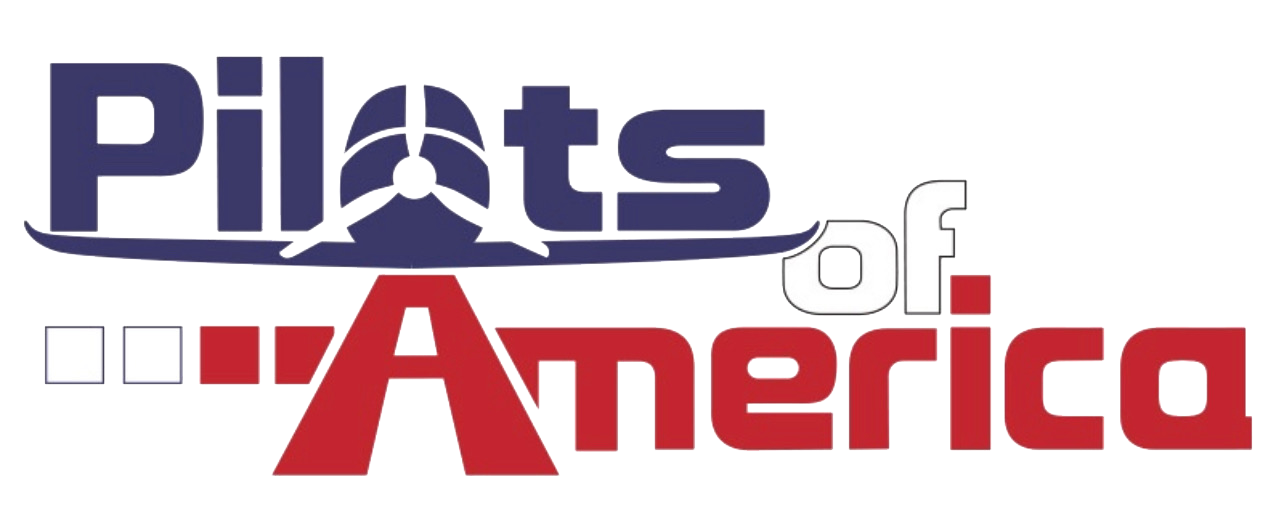Arnold
Cleared for Takeoff
Pics are here: https://photos.app.goo.gl/7HUvLUvYpqeR2kBD7
Parts and pieces off to the appropriate shops on Monday.
Forgot to get a pic of the camshaft. It is already .010 under and has some scoring so we'll see. Lobes looked good.
Should get the bad/not so bad news by the end of the week.
Parts and pieces off to the appropriate shops on Monday.
Forgot to get a pic of the camshaft. It is already .010 under and has some scoring so we'll see. Lobes looked good.
Should get the bad/not so bad news by the end of the week.

